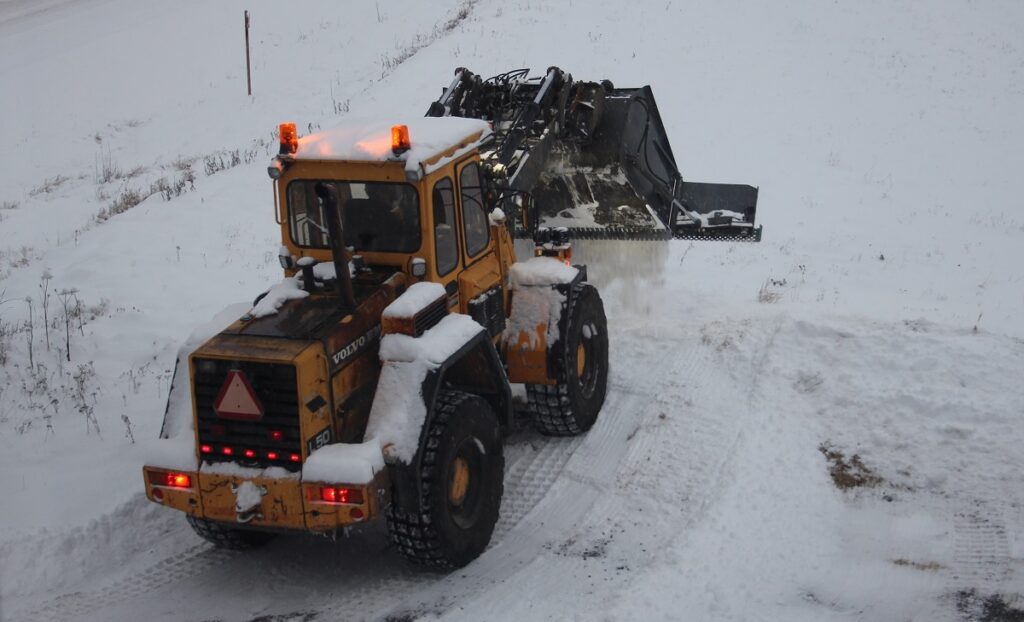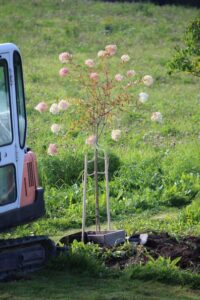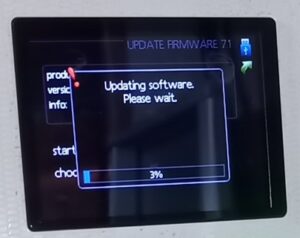Important Dates in Northern Sweden
The following dates are our experiences for our location in Västernorrland. Note that the Swedish often use week numbers (e.g “week 25” of the year). This works well when the seasons change so significantly because the start and end of each month can be wildly different in character.
January
January is when the serious snow comes and when we have the coldest temperatures (for example -30C). It also feels the darkest. There is essentially no solar production and electricity consumption for heating is the highest.
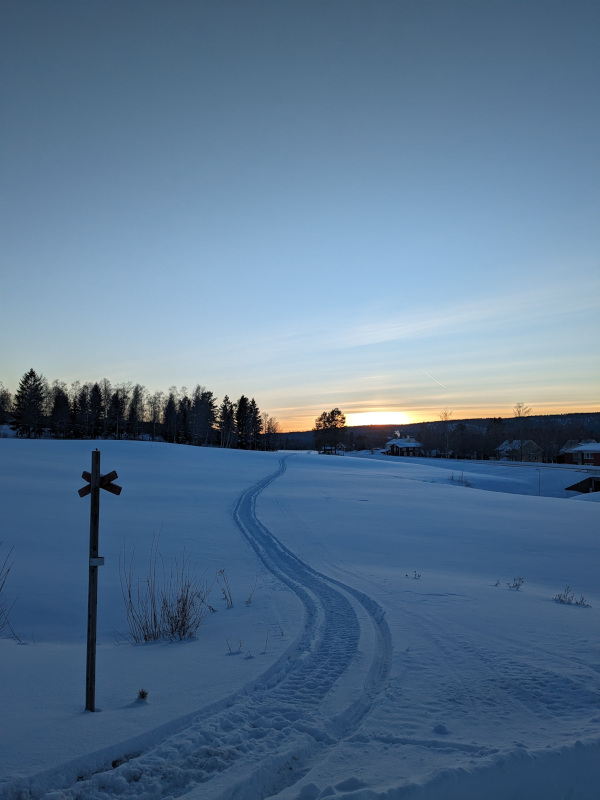
Spiked shoes are a must for walking as the pavements and roads are covered in ice. If it’s stormy and extreame cold conditions (e.g. -25C and blowing) then we’ll avoid going out of the house.
Snowploughs will be driving up and down the main road. Clearing the snow volumes we receive by hand is a nightmare so we use machinery.
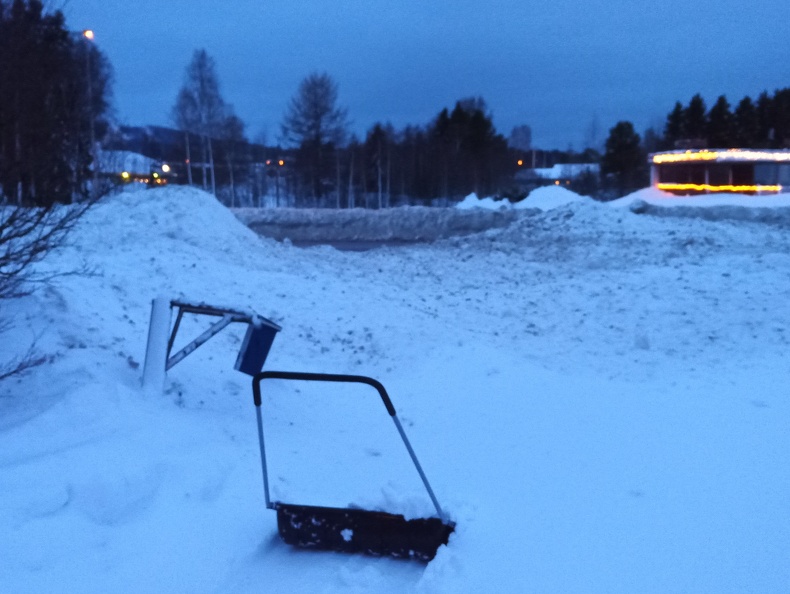
A local operator clears our driveway for us so that deliveries can get in and we can drive out if needed.

The cars have to have studded tyres to drive and the road will start to build up a deep layer of ice. Even with studded tyres the braking point for turns is much further back. On the busiest roads, the lorries stay the same speed which makes it difficult to pull off the main roads safely if they are following close behind. In general, although it is possible to drive, it is sometimes better not to go out in the car at all.
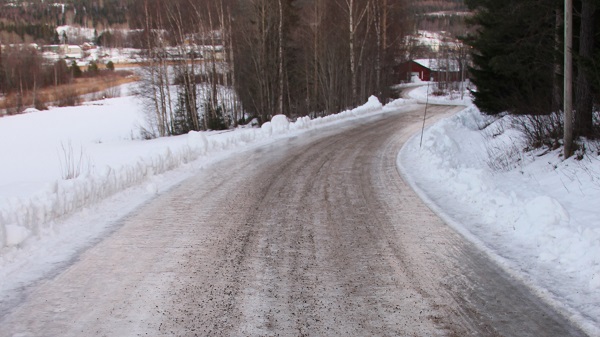
The first noticeable sunlight is about the 3rd week. This is also when a hard crust starts to develop on top of the deep snow from the upper layer melting and then refreezing. After building up, the crust can be walked on without falling through into the deep snow. Typcially this will be the first time we see snowmobiles.
It is a good month to work on indoor house projects or enjoy the outdoors with the right equipment (snowshoes etc).
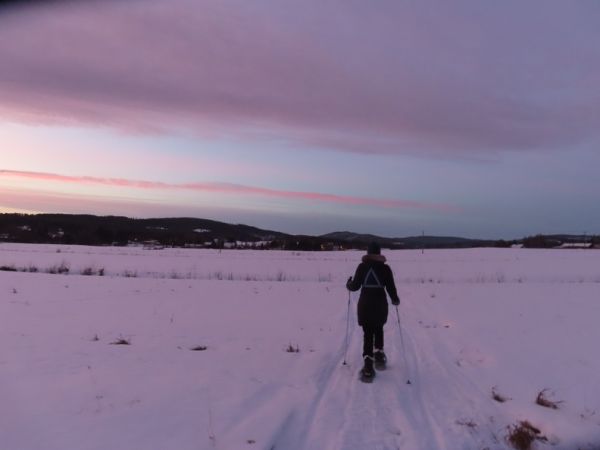
It’s possible to cycle with studded tyres but you need significant protection from the elements and your speed downhill creates potentially dangerous wind chill numbers.
The tax year starts on the 1st January.
February
In February the snowmobiles are out and about in organised outings. The start of February is also when a lot of people go skiing and snowboarding.
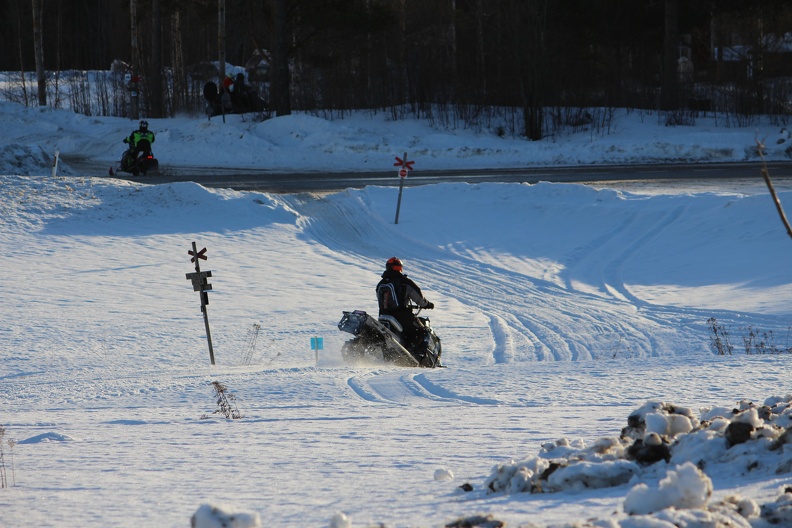
The snow surface is fairly hard from melting in sunlight and refreezing in the night. Sometimes it’s possible to walk the snowmobile (snöskoter) routes without snowshoes (snöskor).
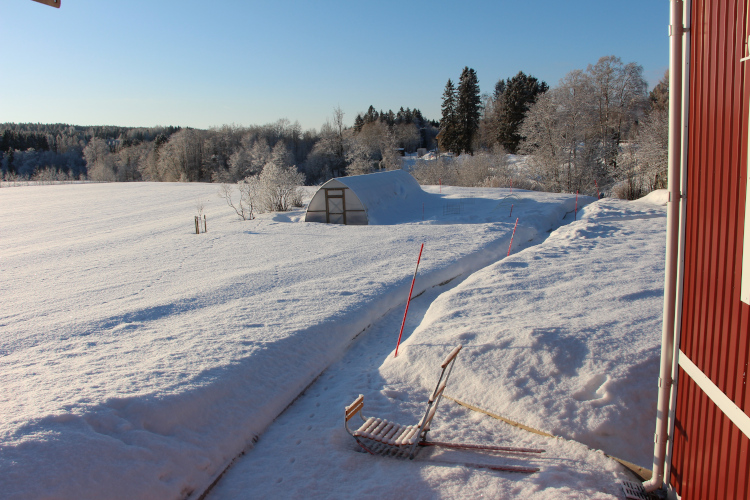
It is noticeably lighter towards the end of the month, and it starts to get light at 7am. On the sunniest days, solar production might be 25-50% of the heating/house needs, but the average for the month is only 10-20%. The vertical panels are important this month because the sun is low and the vertical orientation keeps the snow from accumulating.
Some birds are about, like woodpeckers (hackspett), tits (talgoxe), and robins (rödhake).
March
Between the 6-10th the tax agency, Skatteverket, send their summary of what taxes they think you owe. On the 14th it is possible to log in online and approve it, or use the mobile app. The soft deadline is the 30th, with the real deadline in May.
Solar production in March is typically 3 times that of February. The day length and sun position make a big difference, and there is less snow on the panels. A modest array can be supplying over half the days electrical heating needs by mid March.
In early March the sun melts the ice and snow a little during the day and then the meltwater sets to sheet ice at night which can make conditions problematic. Due to the extra sunlight, it can be great weather for snowshoe walking.
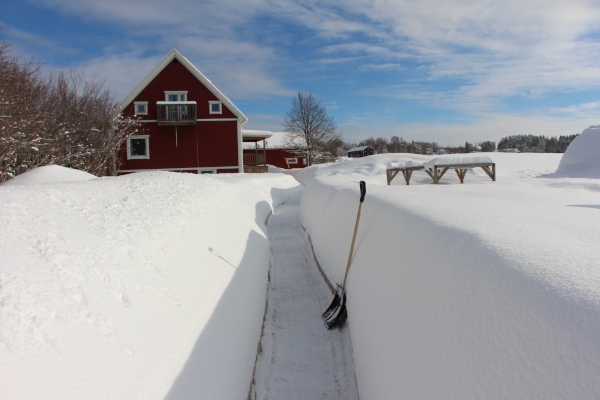
By late March (weeks 11-13) the snow melt is significant and there is a high water table and strong winds. The meltwater might cause small flooding issues such as in the greenhouse or where the water forms large puddles as it runs off the nearby surfaces.
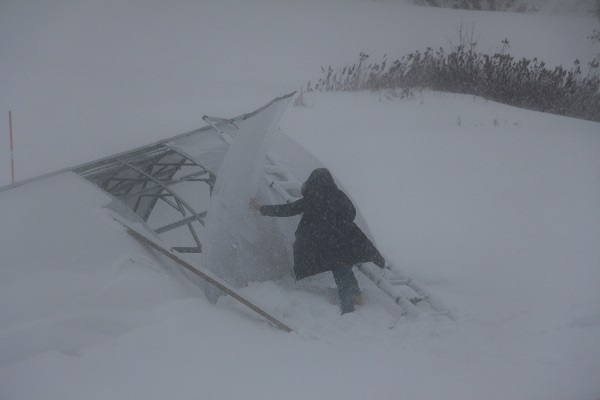
A warm day might reach +11C. When the wind is low it’s possible to go out in short sleeves and a hat because the humidity is low and the sun is warm.
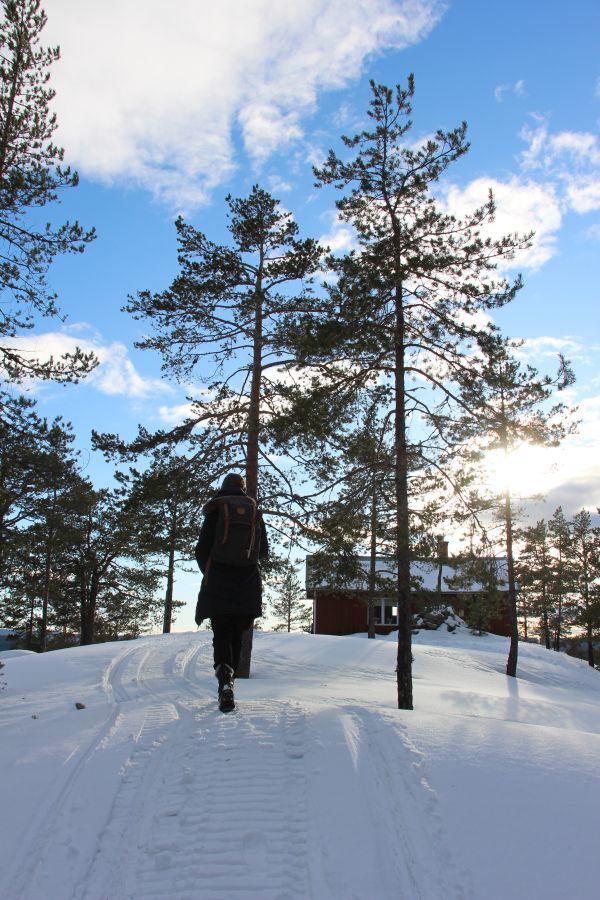
It’s common to see foxes in the snow, or to see fox footprints through your garden in the morning.
April
With a modest install of solar, from 1st April onwards we become net zero for the daily amount of electricity we consume from the grid versus electricity made and sold from solar. Although we don’t have a battery currently, this is significant as it means it would be possible to live from a battery from this date onwards with zero purchase from the grid. At this time of year, this production is still largely due to the smaller vertical solar array attached to the garage wall that faces the winter sun.
In the first week of April the first geese and storks arrive. There might also be blackbirds, curlews, and fieldfares, plus a wider range of smaller birds like wagtails, sparrows, and bullfinches. In the field we might occasionally see a small group of smaller deer.
This month is also when all your friends and family in other countries are sending you photos of their gardens in full bloom, while yours is still under snow.
By the end of the first week it’s no longer comfortable to wear winter thermal layers (longjohns/baselayers), and spiked shoes are no longer needed by the second week.
Studded tyres aren’t permitted after the second week and the police will stop and fine people for having them, even if it is still snow and ice conditions (a spate of fining during these conditions led to some local debate).

The snow clearing service also stops this month as any remaining snowfall will just melt away. It’s possible to go out cycling without studded tyres but some minor forest roads that weren’t cleared in winter will still have thick snow.
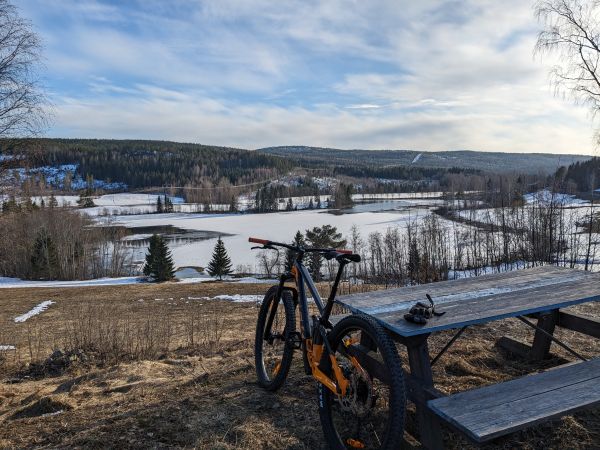
We have plants growing indoors and start moving them out into the greenhouse in stages. Inside the greenhouse, they are within their own mini-greenhouse. There is still the risk of frost killing the plants but a small greenhouse heater would solve this if you have electric to the greenhouse.
At the end of the month we hear helicopters as the electric company flys along the pylon routes to check the condition of the wires and pylons. Occasionally we get to see a helicopter with a giant saw hanging underneath.
May
The first Fieldfares and Swans arrive at the start of the month, and the last snow melts, although there might still be some hidden in ditches or in a shady spot under a tree. The first week or two might be cold and blowy, with some deeper forest roads that weren’t mechanically cleared still covered in snow. Solar does amazing this week because the panels are still cold but the sun is strong and the days longer.
It is time to repair all the raised beds, which frost heave can pull apart, and fix any property damage from the winter.
About the second week it gets really hot. The house heating is manually disabled, and electricity gets cheap. It is also time to plant everything so plants can get established before the June heat comes.
The garden centres open and it’s time to act like a tourist, driving around places you’ve never been.
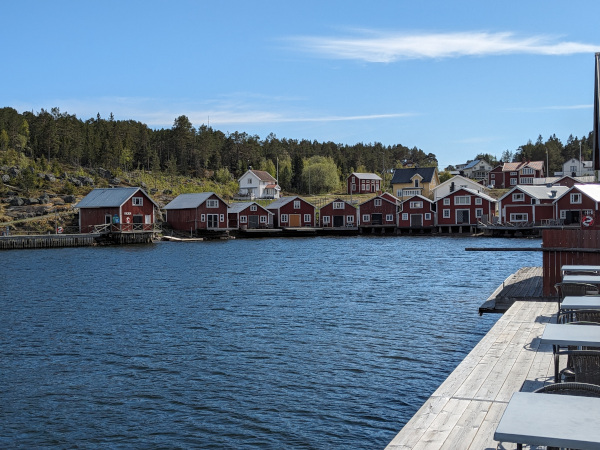
As the last of the meltwater goes, the water in the stream is near its lowest. It’s the best time to make any repairs to the bridge over the stream, before mosquitos appear.
This month has “Cow Release Day” (kosläpp) which is when the cows that have been stuck in a barn all winter are released back into the fields. It has become common to go and watch it as a fun event, to see all the cows happy and excited.
Its important to check the apple trees for a type of catepillar that ties leaves together and will eat the leaves from the inside out unless removed.
June
It becomes super-hot. It might be 21-24C in the shade but in the sun it is too hot. In the night, the sun disappears over the horizon but the sky remains bright. At 2AM it is like a UK sunset. This is the peak month for solar electric production. It’s normal to sleep with just sheets and not use a duvet.
Swedens national day is the 6th, and the midsommar celebrations (a little similar to UK May day) take place on the 23rd. Tourism becomes significant and there are noticeable amounts of caravans and boats on trailers heading north for the next few months.
Mosquitos appear in the evenings, and horseflys late in the month. They have specific times and habitats they prefer so the best method is to avoid them if possible. Generally, we avoid being in the garden 8pm-9pm. June -August is generally when biting flies are about.
The garden vegetables need watering a lot and constantly exposed plants grow poorly. Aphids become a problem in the latter half of June. Caterpillars arrive in the last week.
Most Swedish go on a holiday about this time for 2-4 weeks. The lakes are warm enough to swim in, but might take some bravery as you first enter.
July
The first week of July it goes a lot cooler and the rain finally starts which is great for the garden.
In the garden horseflys and zebraflys can be annoying.
It’s quite hard to hire people during this period as they are probably on holiday.
In the last week of July and first week of August, cloudberries and blueberries are ripe and line the footpaths in the forest. There are also a lot of mushrooms.
August
August is when we are starting to harvest vegetables. Sunflowers are in bloom.
The local ferries are running out to the islands
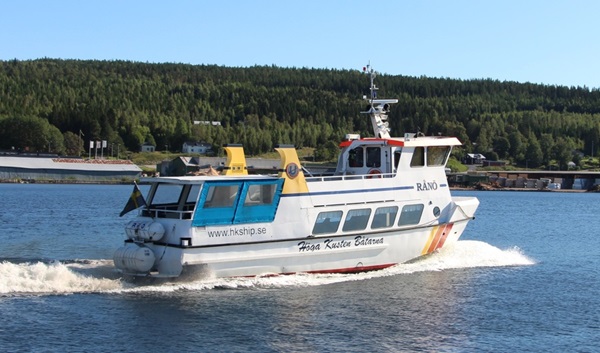
The weather is a bit changable, more like the UK. It can be sunny or rainy, and have strong winds or be calm. When it is wet it causes problems for any work requiring heavy machinery (tractors, excavators) as it will leave a greater impact on the fields and garden.
It’s starting to become noticeably darker in the evenings and so thoughts are on finishing projects before the winter. But it’s still great weather.

September
The days are short enough to see the northern lights again which were hidden thorugh summer. As it also becomes cooler, the mice start to look for places to over winter. September 18th-26th is the date of our first mouse captures.
There are mushrooms everywhere in the forest.

The significant rain and strong winds can also occur. First frost can hit about September the 20th for our site which effectivly signals the end of the growing year. We harvest everything remaining at this point.
Winter preparations:
- If someone hasn’t had their chimney swept it would likely be being organised this month.
- Despite modern electric heating, now is also a good time to check you have enough wood for at least a couple of weeks for a wood burning stove, just in case.
- Bleeding air from the radiators to prevent an airlock during winter. You don’t want to be playing with the system when you need it.
- Check you have fuses spare for the site electrical suppliers 3 phase feed.
- Recheck the food store and fill up any gaps
October
October is the mouse-war month. If you live in an older house that isn’t mouse-proof, they will be looking for places to hibernate. It’s possible to hear them moving in wall cavities, in the ceiling, and under the floor. Due to the risk of electrical fires from chewed wires and health effects, it’s necessary to remove them.
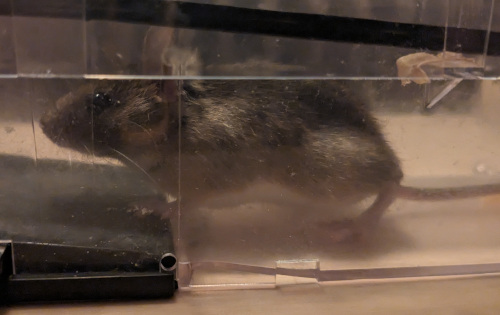
The 4th of October is cinnamon bun day (Kanelbullens dag). But you can eat them any day 🙂
It’s still a good month for walks, and to have a garden bonfire.
October 15th-20th is roughly when our first snow comes.
Studded winter tyres are allowed from 1st October and must be on the car in winter driving conditions or face a police fine.
November
At some point the temperatures go into negative double figures and slowly the mice stop appearing.
There is some initial snow but it isnt much. Some storms of 10cm are common, which reduces down in the midday sunlight.
There is snow on horizontal solar panels. Only the vertical solar panels are snow-free.
The snowplows are out occasionally.
The streams, rivers, and sea inlets are starting to ice over.
December
It is dark, cold, and there isn’t yet enough snow for snowmobiles, so everyone is waiting. Everyone has window stars and winter lights up.
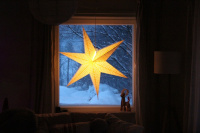
December is also when the preliminary tax decision letter arrives, before the tax staff go away on holiday until January, which can make for a stressful Christmas if you have a complex tax situation to resolve.
The last days of December are when the deep snowstorms start.
